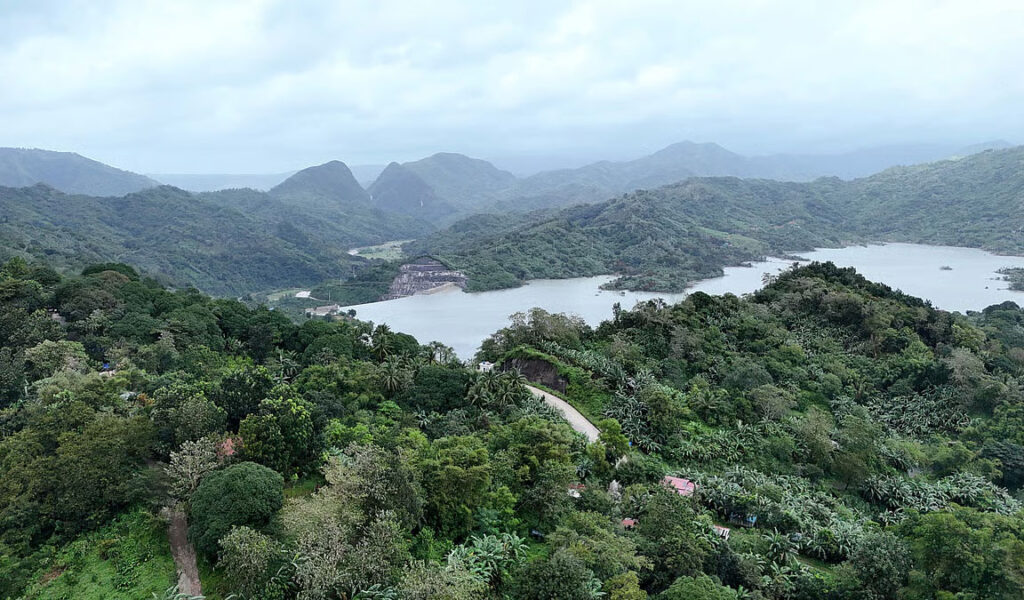
MANILA — During typhoons, the Sierra Madre is referred to by some as “the protector of Luzon.”
However, a 2023 study by Dr. Gerry Bagtasa and Bernard Racoma found that it is not solely to blame for typhoon weakening; in fact, the Cordillera has a greater influence, while the Sierra Madre only slightly affects certain regions and may even bring more rain to Metro Manila.
However, the experts’ conclusion is clear: the mountain range still has to be protected even if it isn’t a superhero.
Forests, water, and a natural defense against landslides and flooding can all be found in mountains. Myths are insufficient in the face of illegal logging, quarrying, and climate change; action is required.
They stated that we should be more certain that mountains protect us from harm caused by humans rather than debating whether they “protect” us from typhoons. – Anjo Bagaoisan’s report from Patrol ng Pilipino
Environmental scientists are once again calling for intensified protection of the Sierra Madre mountain range, citing its irreplaceable role in the Philippines’ climate resilience, biodiversity, and community livelihood.
Speaking at a recent environmental forum, researchers said that despite continuous advocacy, large portions of the Sierra Madre remain under threat from mining, illegal logging, quarrying, land conversion, and major infrastructure projects. Scientists warn that weakening protections could worsen the country’s vulnerability to strong typhoons and ecological decline.
Scientists highlighted that the Sierra Madre is often dubbed the country’s “longest and last line of defense” against Pacific typhoons.
Its extensive forest cover and mountain mass help weaken storms before they reach densely populated lowlands, saving countless lives and preventing billions of pesos in potential property damage every year.
“If the Sierra Madre is destroyed, Luzon loses its natural shield,” said Dr. Elisa Mendoza, a climate and disaster researcher. “No artificial structure can replace what that mountain range does.”
The range has helped blunt the impact of some of the most catastrophic storms in recent history, including Typhoon Yolanda, Ondoy, Ulysses, and Egay.
Scientists also underscored that the Sierra Madre is home to thousands of plant and animal species, many of them rare, threatened, or endemic. These include the Philippine Eagle, warty pigs, deer, cloud rats, and numerous orchid and dipterocarp species.
The loss of forest cover, they warn, could push many of these species closer to extinction.
Researchers concluded that failure to protect the Sierra Madre could undermine the Philippines’ environmental stability for decades.
“We are already seeing signs of climate intensification,” Dr. Mendoza warned. “If we allow the last great forest of Luzon to fall, we lose our shield, our biodiversity, our water, and our future.”






